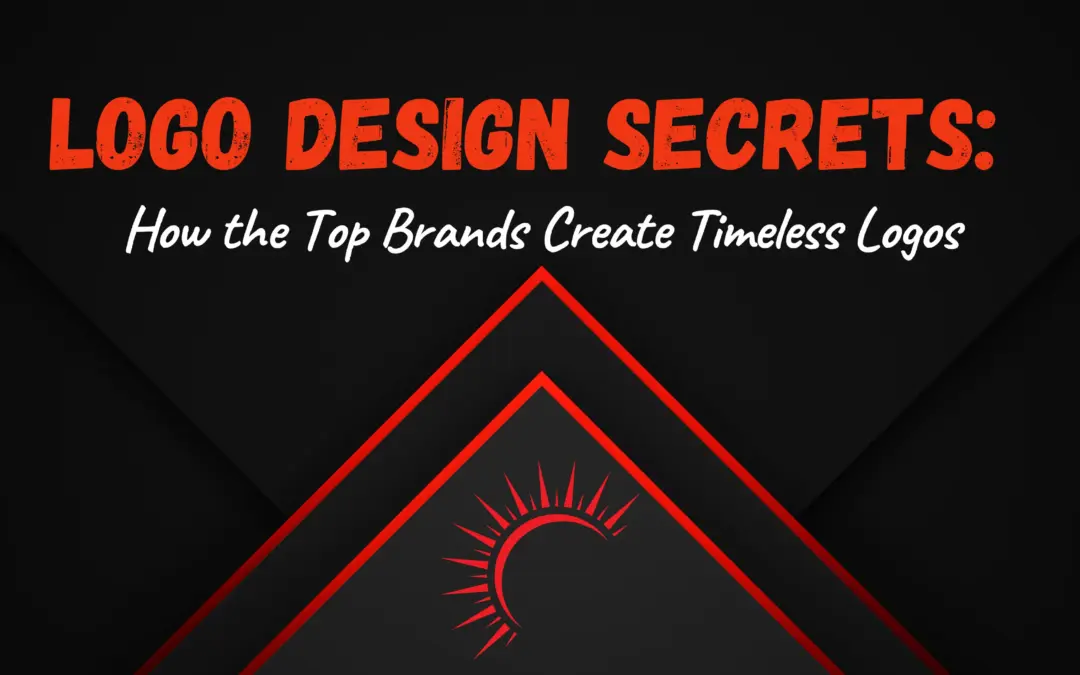Ever noticed how some logos just stick in your mind forever? You see that golden “M” and instantly think of fries, or spot a simple swoosh and feel like lacing up your running shoes? That’s the power of great logo design—it’s not just art, it’s visual shorthand for your entire brand.
Kedra Digi cracked the code to memorable logos, and we’re spilling all the secrets today. Whether you’re launching a new venture or refreshing your brand, these are the same tricks the big players use.
Logo Design Secrets: How the Top Brands Create Timeless Logos
1. Simplicity is Key
Let’s play a quick game: picture the Adidas logo. Easy, right? Now, try to draw the Starbucks mermaid in detail. See the difference?
The logos we never forget are almost stupidly simple:
- Nike’s swoosh (designed for just $35!)
- Twitter’s little bird
- The Apple… well, apple
Try this: Sketch your logo idea in 5 seconds. If it’s unrecognizable, simplify.
2. Versatility Matters
Your logo needs to work everywhere—from a tiny app icon to a massive store sign. We once designed a beautiful, intricate logo for a Melbourne café, only to realize it turned into a blurry mess on coffee cup sleeves.
Pro tip: Test your logo:
Does it work in solid black?
Can it shrink to 1cm wide?
Does it make sense without the business name?
3. Meaning Behind the Design
The best logos whisper secrets. Take Amazon’s smile—it’s not just a grin; the arrow points from A to Z, saying “we sell everything.” Sneaky, right?
Local example: The Qantas kangaroo isn’t just cute—it symbolizes forward movement (and Aussie pride).
Ask yourself: What’s the hidden story in my logo? Maybe your plumbing business could work a subtle wrench into the lettering, or your bakery might hide a rolling pin in negative space.
4. Timeless Over Trendy
Remember when every second logo had a “swoosh” in the 2000s? Or those gradient-heavy designs that now look painfully dated?
Compare these:
2010s: Overly detailed, shadowed, 3D logos
Forever: Coca-Cola’s unchanged script since 1887
In Aussie insight, a surf brand might feel tempted to use a trendy font, but a classic wave icon will outlast fads.
5. Color Psychology
Colors aren’t just pretty—they’re emotional triggers. That’s why:
- Fast-food joints use red (makes you hungry and quick to decide)
- Banks use blue (trust us with your money!)
- Organic brands use greens and browns (hello, nature)
Fun fact: When we worked with a Sydney daycare, we avoided red—it can make kids hyper! Instead, we used calming blues and playful yellows.
6. Typography That Speaks Volumes
Fonts have personalities:
- Disney’s whimsical script = magic
- The New York Times’ serious serif = authority
- Google’s clean sans-serif = approachable tech
Watch out: Fancy fonts often fail. A Brisbane client insisted on an elaborate script until we showed how illegible it was on mobile screens.
7. Scalability & Adaptability
Your logo will live in places you can’t imagine yet—embroidered on staff shirts, etched on products, even as a favicon.
Real talk: If your logo can’t work as:
- A single-color stamp
- A 16×16 pixel icon
- A giant billboard
…it’s back to the drawing board.
The Bottom Line
It’s about creating something that will still make sense in 20 years. Kedra Digi has seen many brands waste money on redesigns because they chased trends instead of creating something enduring.
Turn: Look at your current logo (or sketch your new one). Does it pass these tests? If not, maybe it’s time for a chat with our design team. After all, your logo is the face of your business—make sure it’s a face people will remember.

